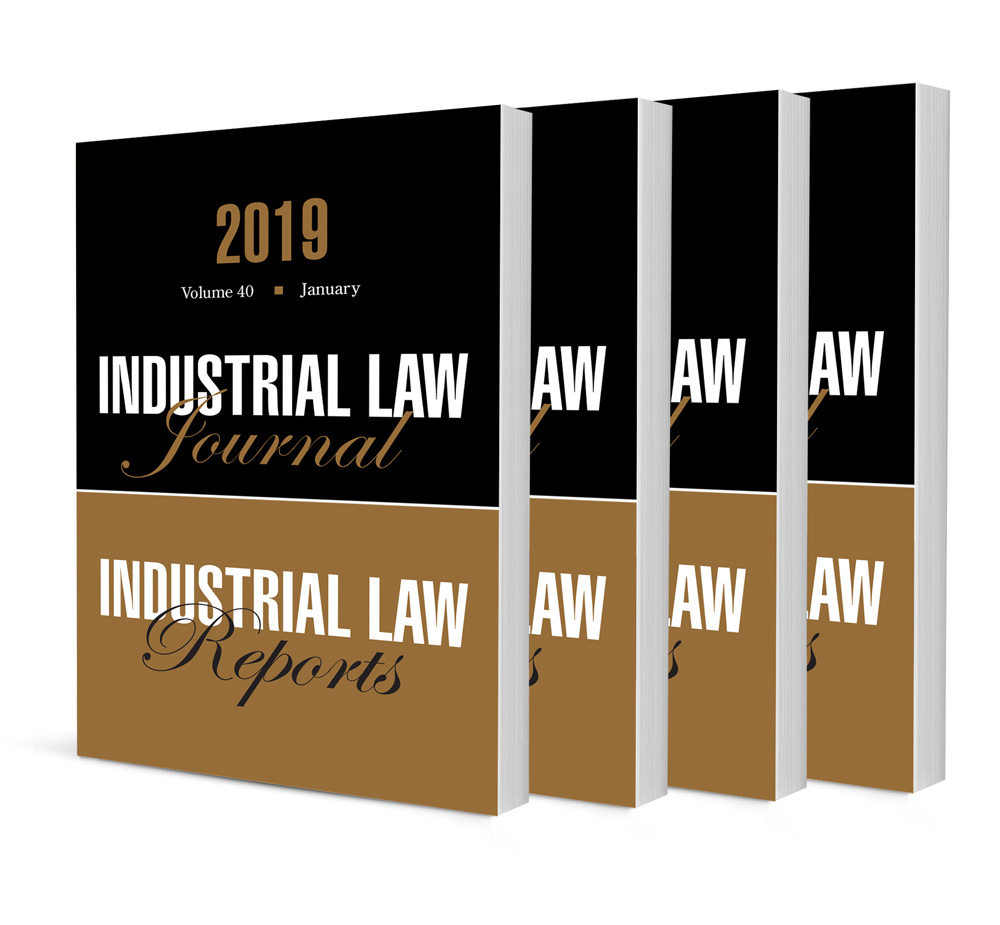The Employment Equity Amendment Bill B14B – 2020: Innovating towards Equity or Kicking the Can down the Road?

The Employment Equity Amendment Bill B14B – 2020: Innovating towards Equity or Kicking the Can down the Road?
Author Debbie Collier
ISSN: 2413-9874
Affiliations: Professor of Law, Centre for Transformative Regulation of Work, University of the Western Cape
Source: Industrial Law Journal, Volume 44 Issue 1, 2023, p. 1 – 27
https://doi.org/10.47348/ILJ/v44/i1a1
Abstract
The Employment Equity Amendment Bill introduces significant changes to the regulatory framework for affirmative action by, among other amendments, shifting the responsibility for determining employment equity targets from workplace to sectoral level. It also operationalises s 53 of the Employment Equity Act (EEA) and employers will need a certificate of compliance from the Minister confirming compliance with the EEA, including the sector targets, before being permitted to contract with the state.
Notwithstanding merit in the idea of a sectoral (contextual) approach to affirmative action and the value of incentivising compliance, considered in terms of its provisions and omissions the Bill is found wanting. The EEA is a fundamental tool in the struggle against workplace discrimination and systemic inequality — crucial for transformation — but the design of the Bill suggests a high-handed and partisan approach and a missed opportunity to adjust course and affirm and implement international human rights law and principles. However, this is a qualified and incomplete assessment, as the sectoral numerical targets have yet to be published, and it remains to be seen whether these, and the associated framework, will reflect a more nuanced and context sensitive approach to the design and implementation of affirmative action measures than currently anticipated. That would be a most welcome development.